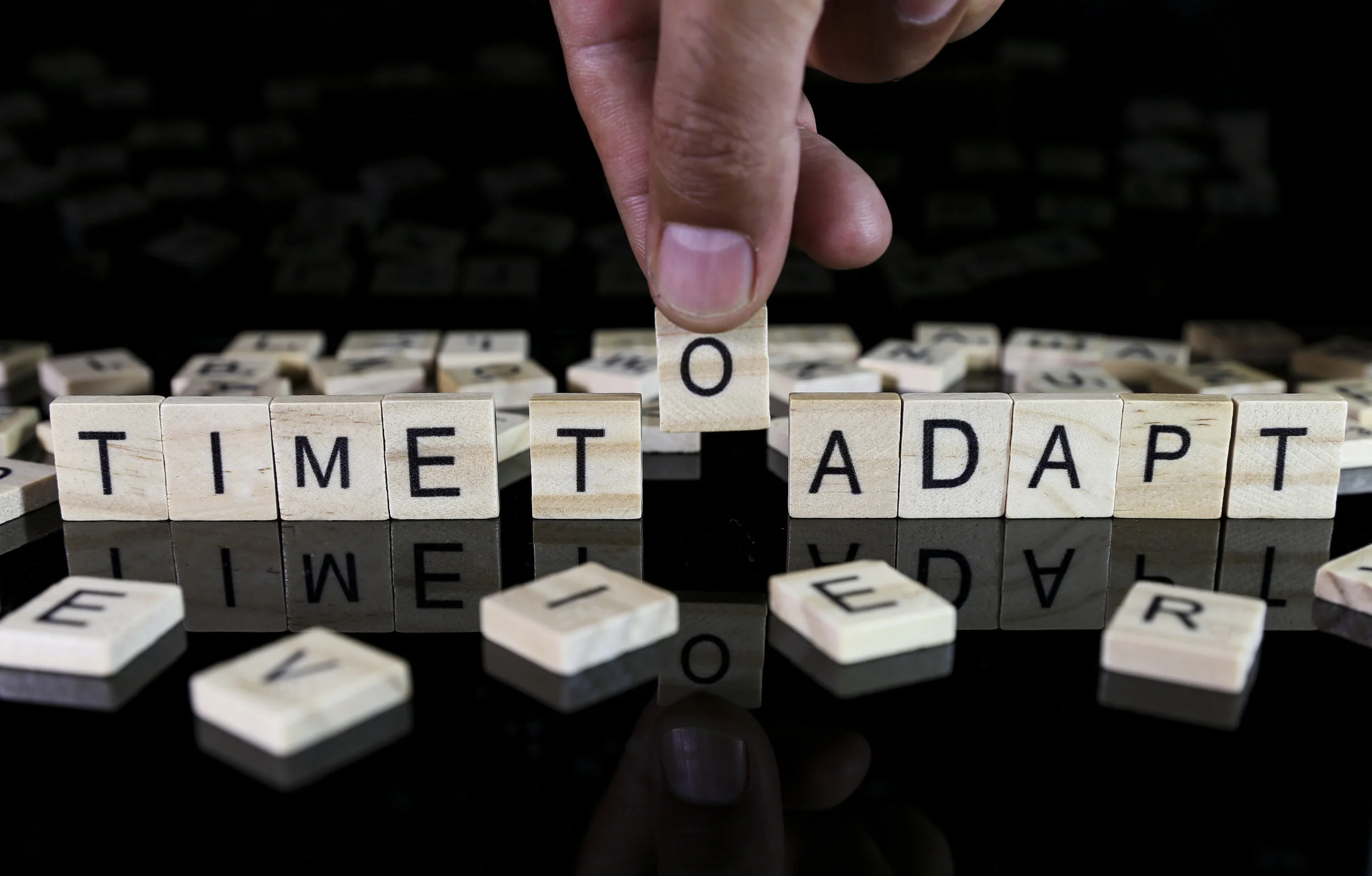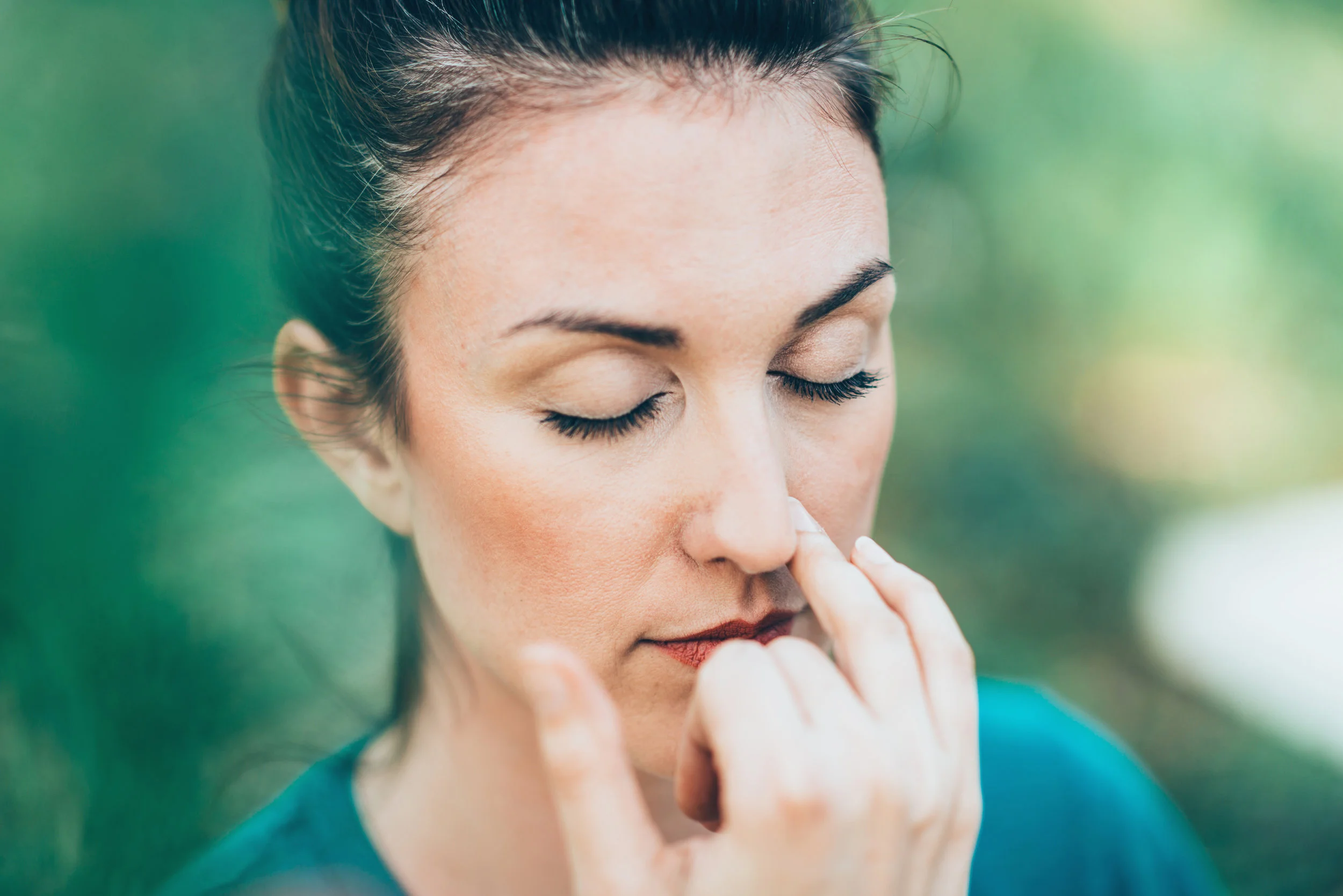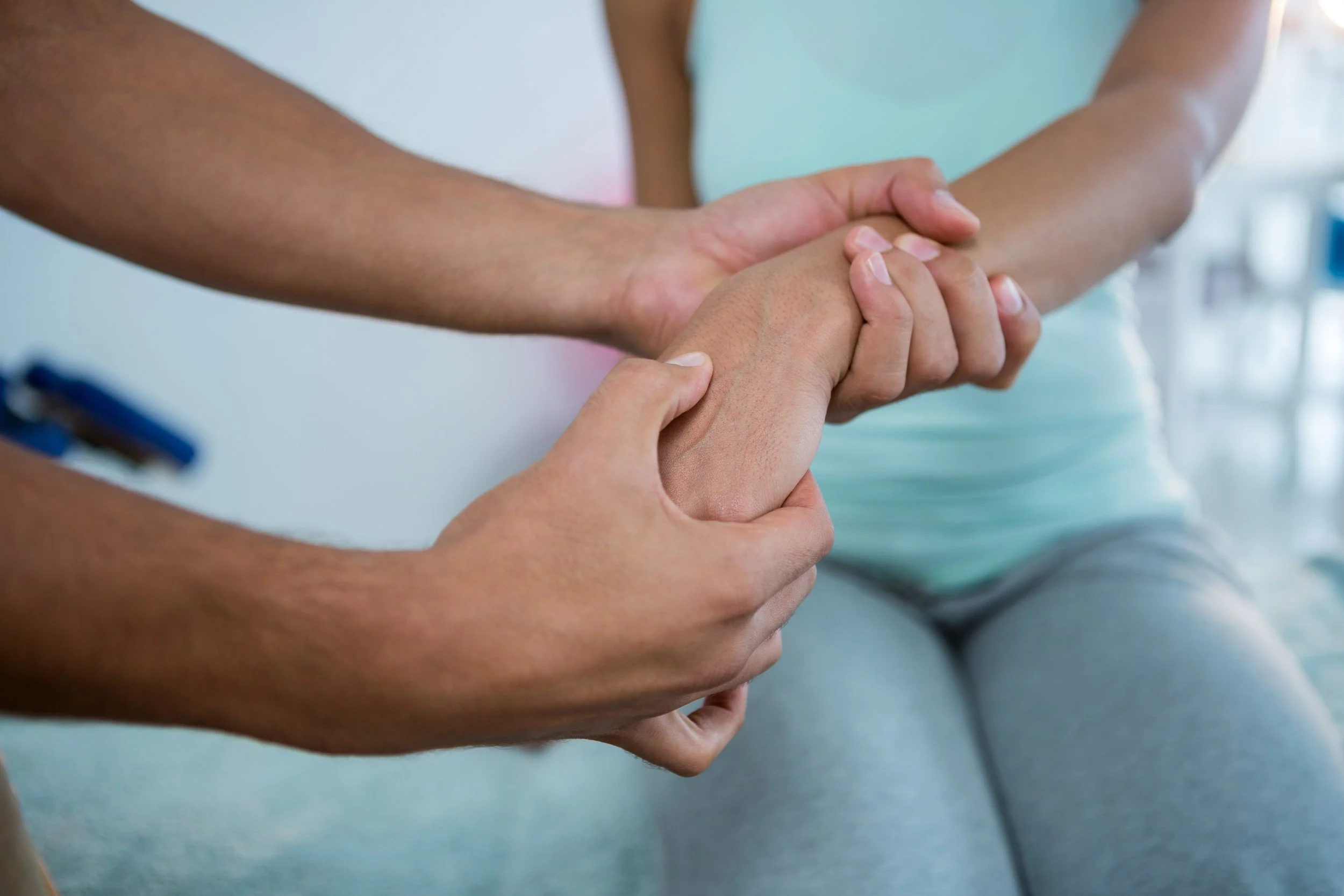Meet Our New Acupuncturist: Céline Sandberg
/Céline Sandberg, R. Ac. completed MacEwan University’s 3-year acupuncture program, and is registered with the CAAA to practice acupuncture in Alberta. She also completed a 3-week internship at the Beijing Hospital of TCM to study the integration of TCM with Western medicine. Having grown up leading a very active lifestyle being involved in different sports, she has made it her passion to help people return to health after injury. Whether you’re suffering from post-concussion syndrome, other traumatic injuries or a repetitive strain injury to anything in between, she has the training to help your body recover from these injuries. What drew her to TCM acupuncture was the holistic approach to healing; she strongly believes in the power of the mind-body connection and strives to help you achieve mental, emotional, and physical health.
She has a special interest in treating sports injuries, concussions, migraines and headaches, as well as mental health, gynecological and digestive problems.
Céline is adept with testing and effectively treating your symptoms to produce global effects in the body. She provides strategies for improving your health, consulting you on lifestyle, dietary, and exercise changes. Complimenting tools are integrated in to her treatments to treat specific issues thoroughly:
Myofascial / Fire cupping – same idea as suction cupping, only heat (fire) is used to create the vacuum seal rather than a suction pump. A small flame is inserted to a glass cup long enough to heat the air inside, and then quickly removed before the cup is placed on the skin. As the air cools, a vacuum is created, and the cups are either left stationary, or can be moved around. This technique has both Western and TCM applications.
When used in TCM, the cups are generally used along the acupuncture channels, or on specific points to elicit a certain response. It is beneficial in a multitude of conditions including: pain, digestive disorders. When used with Western ideologies, the cups are often placed around target musculo-skeletal areas. This is perfect for a variety of bone/joint injury or discomfort.
Auricular therapy – this is a type of reflexology using the external ear as a micro system to treat most disorders. This is extremely effective in helping with quitting smoking, and also enhancing and complimenting the treatment done on the rest of the body. Either needles are used, or ear seeds are used in the style of acupressure.
Gua sha – is also known as “skin scraping” or “coining”; either a gua sha tool or a soup spoon is used to “scrape” or massage the skin to remove adhesions and muscle tightness, or can be used along certain acupuncture channels to relieve pain, headaches, and increase mobilization of joints.
IMS/dry needling – are combined with TCM style acupuncture to help treat muscle imbalances. Trigger point and motor point release are used to increase mobility, strength, and flexibility. These techniques are used alongside TCM acupuncture to treat using a more systemic approach. Combining the two results in a prolonged effect due to the reduction of inflammation, the activation of the immune system and a more normalized endocrine system.
Meet the rest of our Reset Wellness Team here.
What Does Acupuncture Treat?
According to the World Health Organization (WHO) acupuncture has been found effective in treating the following conditions:
Musculoskeletal: muscle/joint pain and weakness, sprains, injuries, sciatica pain, arthritis, rheumatism
Circulatory: high blood pressure, angina pectoris, arteriosclerosis, anemia
Gastrointestinal: constipation, diarrhea, abdominal pain, ulcers, nausea, vomiting, colitis, spastic colon, food allergies, hemorrhoids, irritable bowel syndrome (IBS)
Neurological: headaches, migraines, facial paralysis, post operative rehabilitation, multiple sclerosis, neuralgia, bell's palsy, cerebral palsy
Emotional: insomnia, depression, nervousness, anxiety
Dermatological: eczema, psoriasis, acne, herpes zoster, skin rashes
Immune Disorders: candida, chronic fatigue, HIV and AIDS, epstein barr virus, allergies, lupus, hepatitis, rheumatoid arthritis
Gynecological/Genitourinary: menopausal symptoms, PMS, infertility, menstrual irregularities, endometriosis, fibroids, morning sickness, complications in pregnancy, chronic bladder infection, kidney stones, sexual dysfunction, impotence
Respiratory: rhinitis, sinusitis, cold, bronchitis, asthma
Other conditions: addictions, stress management, weight loss, fatigue, chemotherapy/radiation side effects, diabetes.
Acupuncture is a gentle and sophisticated approach for unlocking stress built up in your body. It's application is excellent as preventative care and works in conjunction with other therapies to compliment a wide range of treatment plans.
Céline is available at Reset Wellness Mondays, Thursdays, Fridays and Saturdays. Book Online.











![Self-regulation “control [of oneself] by oneself"](https://images.squarespace-cdn.com/content/v1/55563e14e4b01769086817cb/1542845645966-PO2HGKF5JLUBM45UIWQ3/wee-lee-790761-unsplash.jpg)




















